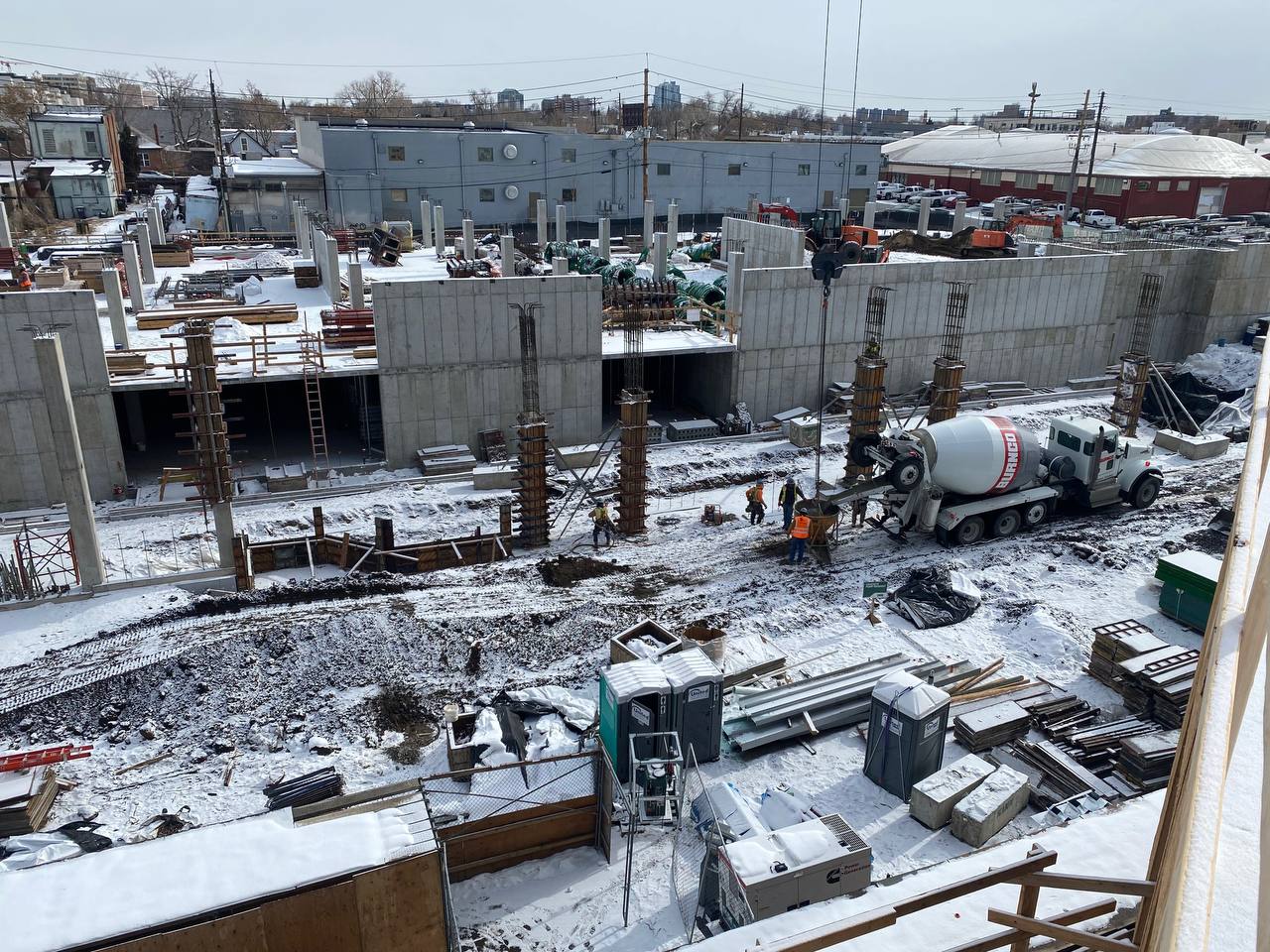Pouring concrete in hot weather presents unique challenges that can affect the quality and durability of the finished product. High temperatures accelerate the hydration process, leading to rapid setting, reduced workability, and potential cracking. However, by following the latest guidelines from the American Concrete Institute (ACI) and employing strategic practices, you can achieve safe and high-quality results even in the heat of summer.
Understanding the Challenges of Hot Weather Concreting
Hot weather conditions are typically defined as any combination of high ambient temperature, low humidity, high wind speed, and solar radiation. These factors can lead to:
Increased water demand
Rapid slump loss
Accelerated setting times
Increased risk of cracking
Reduced strength and durability
ACI Standards for Hot Weather Concreting
The ACI 305R-20 guide, "Guide to Hot Weather Concreting," provides comprehensive recommendations to mitigate the adverse effects of hot weather on concrete. Key points from this guide include:
Planning and Preparation
Schedule concrete placements for early morning or late evening when temperatures are cooler.
Have all materials and equipment ready before the concrete arrives to reduce delays.
Materials and Mix Design
Use cool mixing water and ice as part of the mixing water to lower the concrete temperature.
Opt for supplementary cementitious materials (SCMs) like fly ash or slag to reduce heat generation during hydration.
Utilize admixtures such as retarders to slow down the setting time.
Production and Delivery
Keep the mix temperature as low as possible. The ACI recommends a maximum concrete temperature of 95°F (35°C).
Reduce mixing and transport time to minimize the exposure of concrete to hot conditions.
Placement and Finishing
Use sunshades and windbreaks to protect the concrete during placement and initial curing.
Employ fog sprays or evaporation retarders to maintain surface moisture.
Begin curing as soon as possible after finishing to prevent moisture loss. This can be done using water curing, wet burlap, or polyethylene sheeting.
Tips and Tricks for Pouring Concrete in Hot Weather
1. Control Temperature
Cool Materials: Pre-cool aggregates by shading or sprinkling with cold water.
Cold Water/Ice: Replace part of the mixing water with ice to reduce the concrete temperature.
Chilled Water: Use chilled water in the mix if possible.
2. Manage Workability
Use Admixtures: Incorporate water-reducing admixtures to maintain workability without adding extra water.
Short Transit Times: Minimize the time between mixing and placement to reduce the chances of early setting.
3. Placement Techniques
Dampen the Subgrade: Moisten the subgrade, formwork, and reinforcement steel before placing concrete to prevent water loss.
Avoid Direct Sun: Place and finish concrete under shade whenever possible to avoid direct sunlight exposure.
4. Effective Curing
Start Early: Begin curing immediately after finishing to retain moisture.
Use Evaporation Retarders: Apply evaporation retarders during placement to reduce the risk of plastic shrinkage cracks.
Continuous Curing: Maintain continuous curing for at least the first 48 hours to ensure proper hydration and strength development.
Case Study: Successful Hot Weather Concreting
In a project in Phoenix, Arizona, a construction team successfully poured a large concrete slab during peak summer temperatures by implementing several hot weather concreting strategies:
They started the pour at 4 AM to take advantage of cooler temperatures.
The mix design included fly ash to reduce the heat of hydration.
Chilled water was used in the mix, and ice was added to keep the concrete temperature below 90°F (32°C).
Evaporation retarders were sprayed on the surface, and continuous water curing was maintained for the first 72 hours.
This approach resulted in a high-quality concrete slab with minimal cracking and optimal strength.
Conclusion
Pouring concrete in hot weather requires careful planning and adherence to best practices to ensure quality and durability. By following the latest ACI guidelines and employing strategic measures to control temperature, manage workability, and ensure effective curing, you can achieve excellent results even under challenging conditions. Stay proactive, be prepared, and let these tips guide you to success in hot weather concreting.
For more detailed information, refer to the ACI 305R-20 guide and other relevant resources to stay updated on the best practices and standards for hot weather concreting.
Written by



